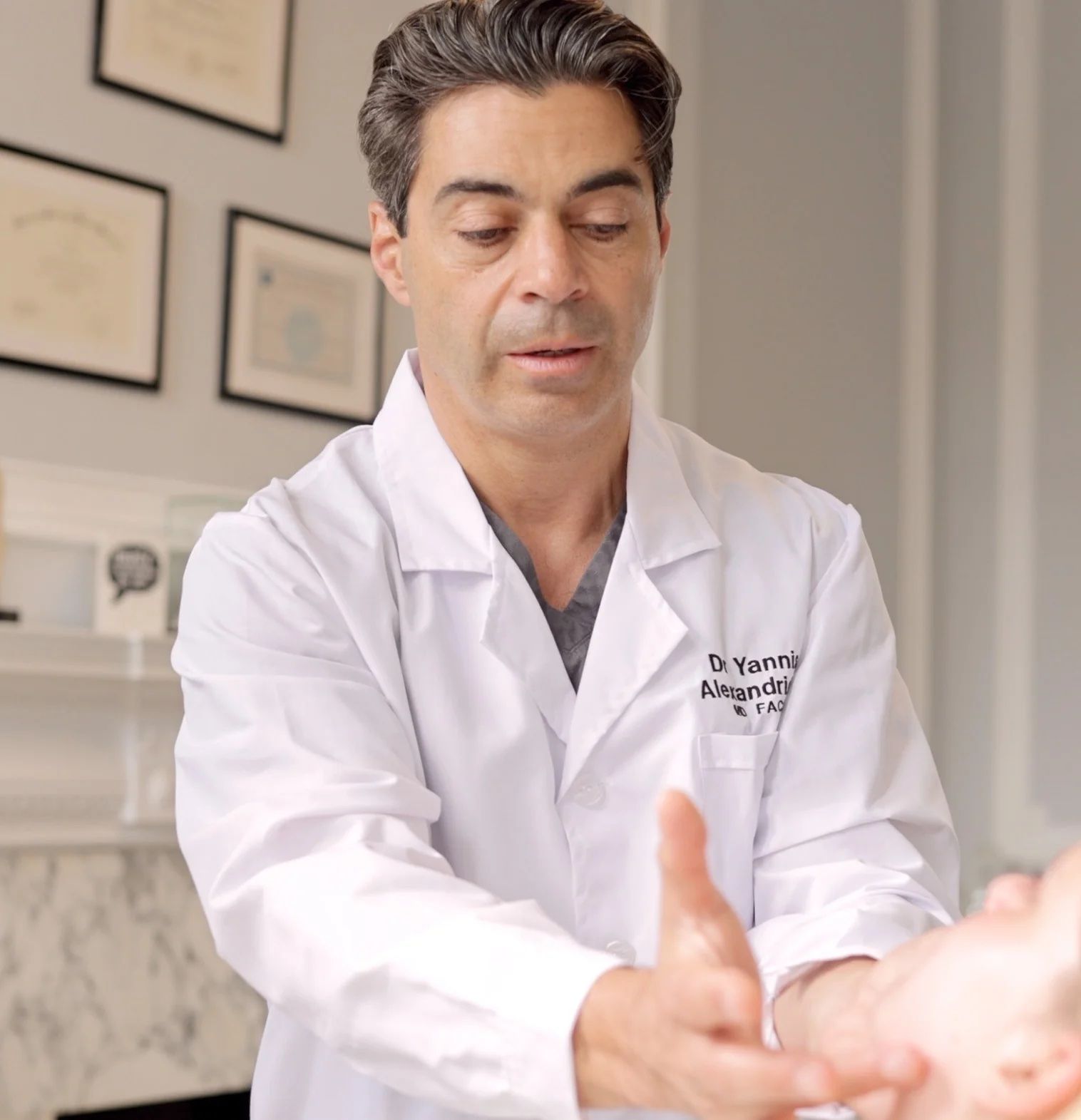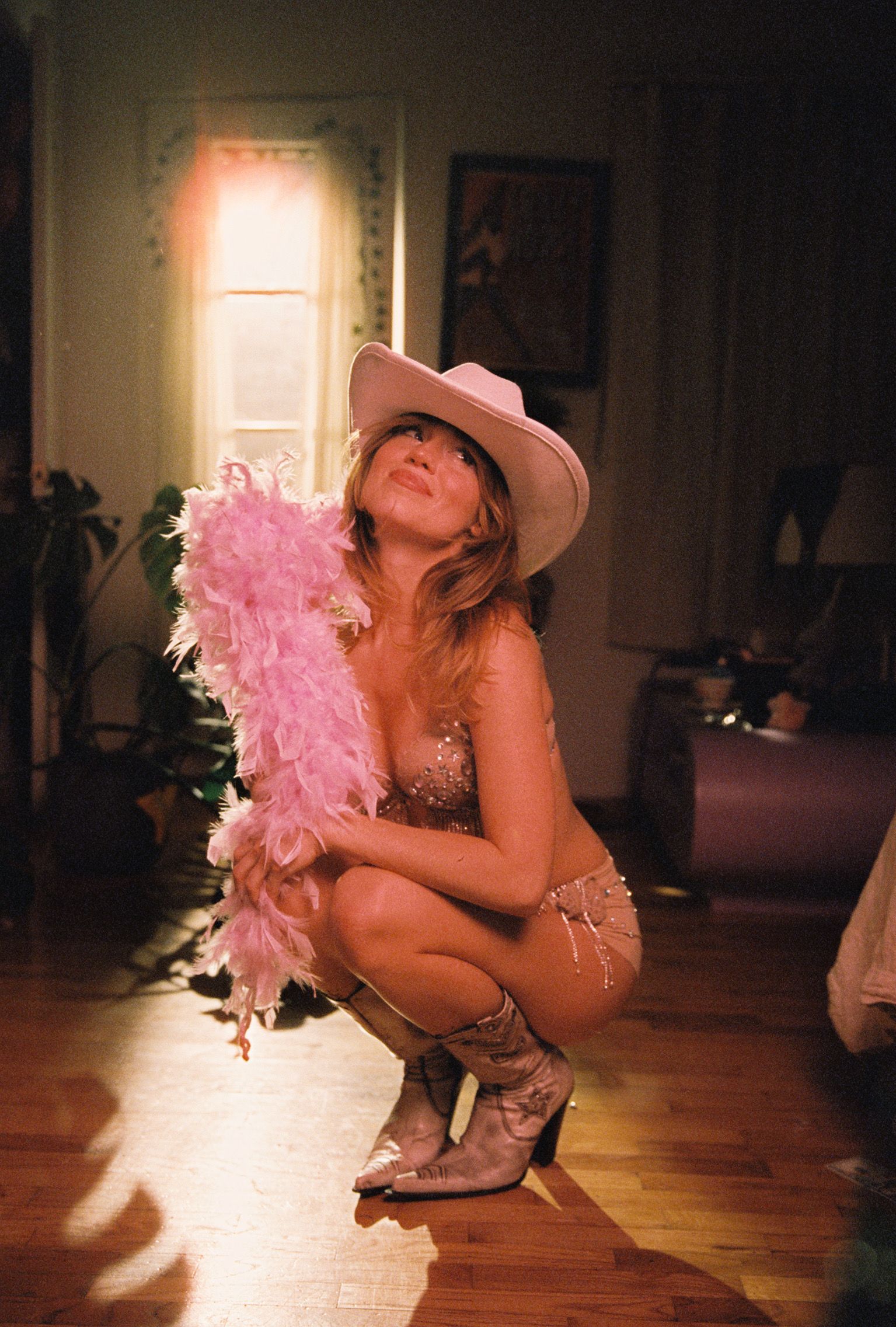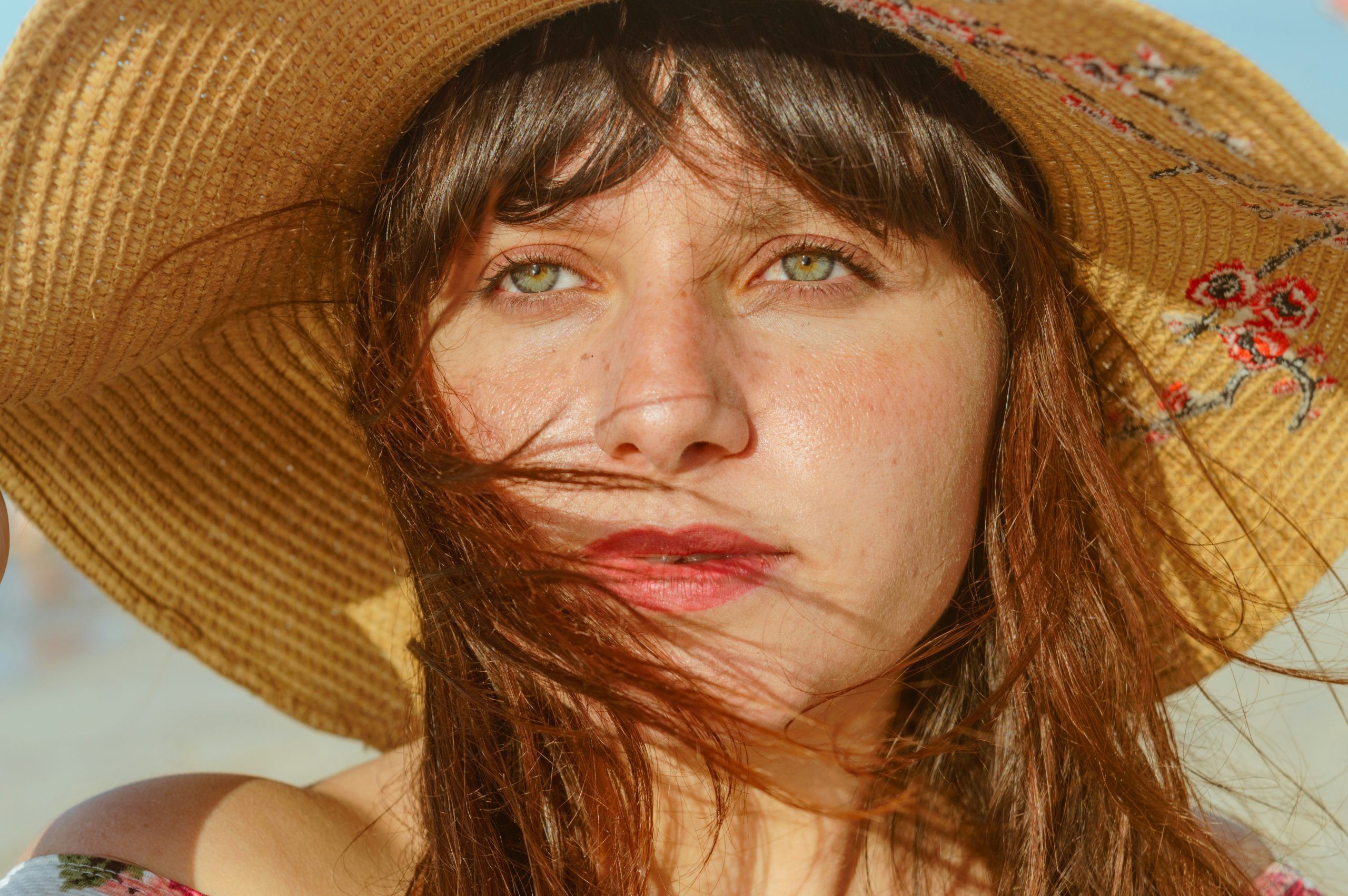Swarovski crystals are renowned for their precision-cut sparkle, flawless finish, and luxurious appeal. However, with their popularity comes a flood of imitations that may look similar at first glance but lack the quality and brilliance of the real deal. If you’re unsure how to tell the difference, don’t worry—we’ve got you covered! Here’s a guide to the key visual differences between genuine Swarovski crystals and imitations.
1. The Signature Swarovski Sparkle vs. Dull or Overly Rainbow-Like Shine
One of the easiest ways to identify a Swarovski crystal is by its brilliance. Swarovski crystals are cut with extreme precision, ensuring uniform light reflection that creates a bright, almost diamond-like sparkle.
What to Look For:
Real Swarovski: Bright, consistent sparkle with a balanced refraction of light. You can find beautiful crystals here.
Imitation: Can appear dull, cloudy, or overly rainbow-like due to uneven or poor-quality cuts.
2. Precision-Cut Facets vs. Irregular or Rough Edges
Swarovski crystals are machine-cut with advanced technology to achieve perfectly symmetrical facets. This precision gives them their characteristic clarity and flawless appearance.
What to Look For:
Real Swarovski: Sharp, symmetrical cuts with no irregularities.
Imitation: Facets may be uneven, asymmetrical, or rough to the touch.
3. No Bubbles vs. Air Pockets Inside the Crystal
Swarovski’s production process ensures that their crystals are completely free of air bubbles. In contrast, many imitations—especially those made from lower-quality glass—contain small bubbles trapped inside.
What to Look For:
Real Swarovski: Crystal-clear appearance with no bubbles or distortions.
Imitation: Tiny bubbles or imperfections inside the crystal.
4. Smooth, Flawless Surface vs. Scratches and Rough Texture
Genuine Swarovski crystals have a perfectly smooth surface, free from scratches, dents, or rough spots. The flawless finish is a key quality indicator.
What to Look For:
Real Swarovski: Ultra-smooth surface with no visible flaws.
Imitation: May have rough edges, scratches, or tiny chips.
5. Uniform Colour and Signature Coating vs. Patchy or Peeling Colour
Swarovski offers a wide range of crystal colours, all of which have a uniform, consistent tone. Their signature Aurora Borealis (AB) coating, which gives a shimmering rainbow effect, is applied evenly and does not peel.
What to Look For:
Real Swarovski: Consistent colour, even coating, and a luxurious finish.
Imitation: Patchy or faded colour, with coatings that may peel over time.
6. Engraved Swarovski Logo vs. No Markings
Newer Swarovski crystals, particularly in jewellery, come with an engraved Swarovski swan logo or a unique identifier. While not all pieces have this, it’s a good authenticity check.
What to Look For:
Real Swarovski: Engraved logo (in newer models), official packaging, and authenticity certificates.
Imitation: No branding, unclear markings, or generic packaging.
7. Heavier Weight vs. Light and Fragile Feel
Swarovski’s proprietary glass formula gives their crystals a slightly heavier feel compared to cheap glass or plastic imitations. The density adds to their luxurious appeal.
What to Look For:
Real Swarovski: Feels solid and slightly heavier.
Imitation: Light, flimsy, or plastic-like in weight.
8. Trusted Retailers vs. Suspicious Sellers
Even if a crystal looks authentic, where you buy it from matters. Swarovski crystals should always be purchased from official Swarovski stores, authorised retailers, or reputable jewellers.
What to Look For:
Real Swarovski: Sold at official Swarovski retailers, luxury jewellery stores, or the Swarovski website.
Imitation: Found at unverified online marketplaces, street vendors, or sold at prices that seem “too good to be true.”
Budgeting for Swarovski
Would you like to introduce Swarovski to your jewelry designs? This can be a fantastic way to appeal to customers, adding sparkle and color to your pieces. What’s more, it allows you to charge more for your designs, which can have an overall positive impact on your business.
From the beginning, you need to ensure that you can budget for Swarovski. These crystals are going to cost more from the beginning, which means that you have to be cautious with your budget. Here are some ways you can make the transition safely.
Shop Around
Make sure that you shop around when it comes to Swarovski crystals. You want to ensure that you’re not only finding a genuine supplier but you’re also not getting charged more than you should. Therefore, before making a purchase, always ensure that you’re shopping around for the best deal. This way, you can compare prices and ensure that you’re choosing the best supplier for your needs.
Order Samples
If you’re new to Swarovski, you don’t want to make a huge order just to find out that it’s not what you wanted. Instead, it’s advised that you order samples. This can allow you to gain a better idea of what’s going to work well for your brand. Then, you can go ahead and confidently place a large order, knowing that you’re getting what you want.
Conclusion
When it comes to Swarovski vs. imitations, small details make all the difference. By paying attention to sparkle, cut precision, clarity, surface smoothness, colour consistency, branding, and weight, you can confidently distinguish real Swarovski crystals from fakes.
If you’re ever in doubt, buy from authorised sellers and always check for official Swarovski packaging and documentation. After all, nothing beats the timeless elegance of a genuine Swarovski crystal!





